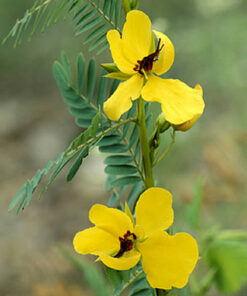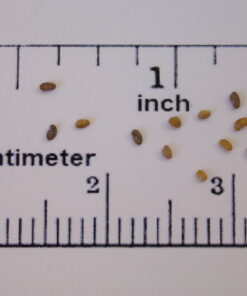Cowpea, Red Ripper
Good for legume cover and wildlife. and soil improvement, needs warm soil. Seed are maroon in color and hard-seeded.
Good for legume cover and wildlife. and soil improvement, needs warm soil. Seed are maroon in color and hard-seeded.
| Planting Time | Planting Rate Acre |
| Late Spring | 15-25 lb. rows. 40-60 Broadcast |
| Weight | 1 lbs |
|---|
Be the first to review “Cowpea, Red Ripper” Cancel reply
You must be logged in to post a review.
Related products
An upright, cool-season, annual legume native to the Mediterranean region that grows to a height of 30 inches under good conditions. Seeds germinate in the fall, but grow slowly during the winter.
Warm season native perennial that is a member of the legume family. Plant is attractive to bees, butterflies, and/or birds.
New rust-resistant, a cultivar of white-flowered, annual sweetclover (Melilotus albus Medik.) adapted to the south and central Texas.
Ace is a small seeded cultivar of forage cowpea (Vigna unguiculata [L.] Walp.) developed for use in wildlife supplemental plantings, cover cropping systems and legume hay production.
Good legume for cover and garden. needs warm soil for planting.
Many different varieties. In the black lands of Texas cotton root rot limits the life of Alfalfa to 2 to 3 years. For this reason in our locale area we only recommend Oklahoma Common Alfalfa.
Food crop in ancient Egypt and is cultivated today. In the United States it is used for wildlife habitat improvement, particularly as a winter food source for deer and wild turkeys, but is also planted for hogs and waterfowl.
Shallow-rooted clover that is used in grass mixtures for pasture and wildlife. Due to the shallow-roots it likes soils with adequate moisture.












Reviews
There are no reviews yet.